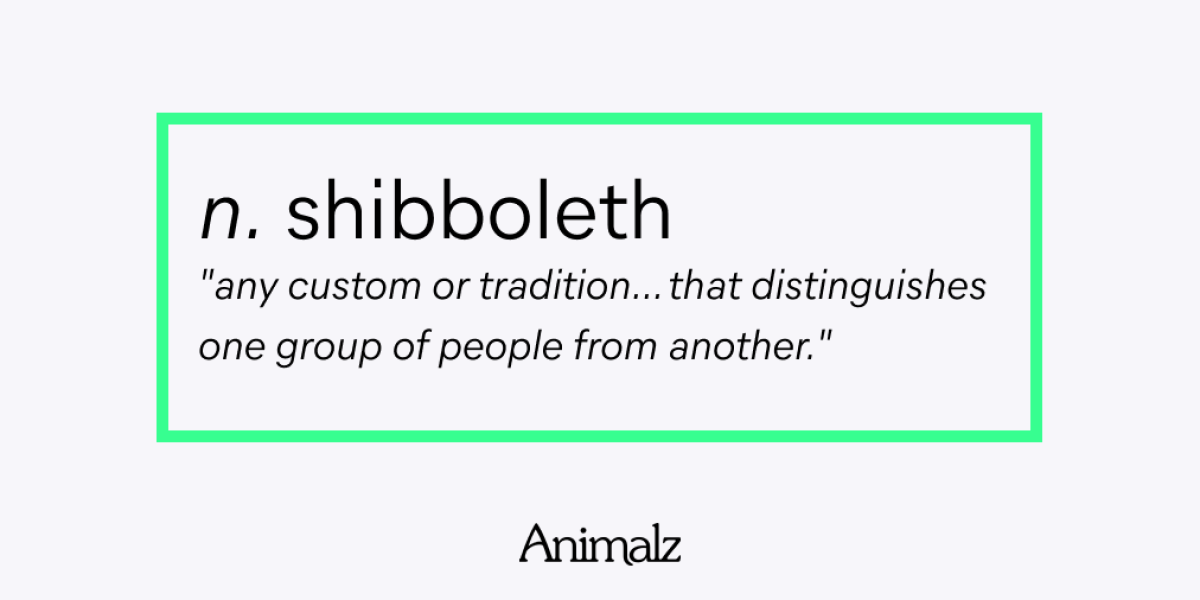We’ve all been on the receiving end of advice that we didn’t follow. Sometimes advice is obviously bad, and we disregard it because it’s wrong, or misguided, or overly simplistic. But other times, the advice on offer seems sensible, even helpful—and we disregard it because the person sharing it lacks credibility.
We don’t believe that they’ve been through the same experiences we have. We worry that they don’t understand the nuances of the topic.
In the same vein, you’ve probably had the experience of reading an article that comes within a hair’s breadth of credibility but falls just short. It’s technically accurate. Parts of it might be helpful. It’s almost a convincing, authoritative read—but it fails the final sniff test.
When it comes down to it, you just don’t trust the advice on offer.Writing for developers is a common example of this problem manifesting in content marketing. It’s extremely hard for a nondeveloper to write accurately about programming, but that’s only half the battle. Great content also signals to the developer: I’m one of you. I know you. You can trust my advice. Content that succeeds at the former often fails at the latter.The same is true whenever content is intended for any experienced audience, be it sales leaders, recruiting pros, or serial founders. Getting the right answer from the wrong person isn’t good enough. As advisers, we have to build trust in the provenance of the advice, as well as its accuracy.
Shibboleths: The Secret of Convincing Content
These near-miss articles fail because they lack the subtle hallmarks of experience that give their authors credibility. There’s a name for these hallmarks of experience: shibboleths.

A shibboleth “is any custom or tradition… that distinguishes one group of people from another.” Shibboleths can be semantic ( the British train station Marylebone is pronounced as Mar-le-bone by locals and Marry-le-boneby everyone else) or cultural (in Inglorious Bastards—spoiler ahead—Lieutenant Hicox is outed as a spy when he uses a British gesture instead of a German one).Shibboleths are often relatively intangible, but every great, convincing article has its fair share:
Idiosyncratic language is used correctly. References, jargon, and in-jokes feel natural and not belabored (e.g., an article written for developers uses the common shorthand “JS” instead of the technically accurate but never actually used “JavaScript”).
Ideas are convincingly weighted. Truisms are treated as common knowledge; basic concepts aren’t treated as revolutionary (what might be an epiphany for you, the writer, is nothing new to the inveterate practitioner). For example, an article written for recruiters doesn’t treat a well-known metric like “quality of hire” as something groundbreaking.
Arguments are supported by credible anecdotes. Stories and examples sound convincingly like a day in the life of the reader. If you’re writing for sales professionals, you can prove that you know what it’s like to laboriously log prospect qualification data in a CRM.
No individual shibboleth is enough to make an article credible, but one wrong move—using common language in the wrong way or sharing an anecdote that doesn’t ring true—is enough to destroy credibility. Credibility is like a tower: you have to build it brick by brick. Pluck one brick from the tower, and the whole thing falls down.

Used together, these hallmarks culminate in a clear sense that the writer understands the wider context for the blog post. They aren’t writing in a vacuum: they know why a developer cares about MongoDB GUIs or why a sales leader would want to roll out the MEDDIC framework.
Immersion Therapy
By their nature, shibboleths are hard to find. You can’t Google them. Keyword research won’t help. There’s no quick fix for acquiring them. The only way to understand them is to get down and dirty with the “in-group,” and immerse yourself in the audience you’re writing for.The “perfect” solution is to hire—or become—the right type of person. Assuming that you don’t have a spare decade to study computer science, or intern as a junior account executive at a tech startup:
1. Nerd Out With Your Ideal Reader
Most marketers understand the necessity of interviewing subject matter experts (SMEs), but I’m suggesting a further step. Instead of interviewing an SME about an individual blog post or technical query, interview them about their life.Seemingly stupid questions often contain the most useful insights:
Who are the people you interact with all day, every day? = discovering how their profession interacts with others
What does your daily routine look like? = discovering the habits, tools, and processes that make up a “day in the life“
What’s your favorite and least favorite part of your role? = discovering the pleasures and pains of their job
Many traditional SME interviews are restricted to the black-and-white facts of a particular topic, but credibility lies in understanding the wider context of their profession and lives.
2. Hang Out Where They Hang Out
Spend any length of time in a gym and you’ll soon develop a clear (and likely unwanted) understanding of the shibboleths of fitness culture. The same principle can be applied to any “in-group:” hang out where they hang out.Read the same publications, follow the same blogs and newsletters, participate in the same forums; over time, you’ll begin to develop a greater understanding of the group’s shibboleths through osmosis. For developer content, that might mean Hacker News, Dev.to, or r/devops. For marketing content, that might mean following influential marketers on Twitter or joining a Slack community.
3. Get Content Reviewed by Your Ideal Reader
If you’re worried about passing the credibility sniff test, ask someone to smell it for you. Find someone from your target audience willing to read, review, and comment on the believability of your writing. Ask them to go beyond the technical accuracy of the piece and leave feedback on the use of language, the credibility of the examples, and the framing of the advice.
4. Avoid Overpolishing
Many of the shibboleths that make content convincing are not “correct.” In our example from earlier, “JavaScript” should, technically, be written using camel case—and that’s how any competent copy editor would style it.But in abiding by the “correct” practice, we’ve successfully alienated our target audience: unlike content marketers, developers don’t follow a brand style guide or run their code through a copy editor. Great writing has a baseline level of polish, but not at the expense of the shibboleths that make it credible.
Part of the In-Group
Technical accuracy counts for a lot, but the best content also contains the shibboleths required to pass muster with the target audience. It isn’t enough to give someone the right answer to their question—you also have to build their confidence in the provenance of the answer. You have to prove your credibility as part of the “in-group.”To create content that’s credible, and not just right, it’s necessary to dig deep into the lives of your target audience—not just their knowledge.
